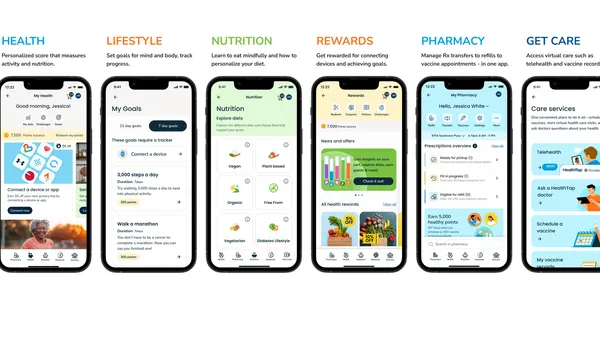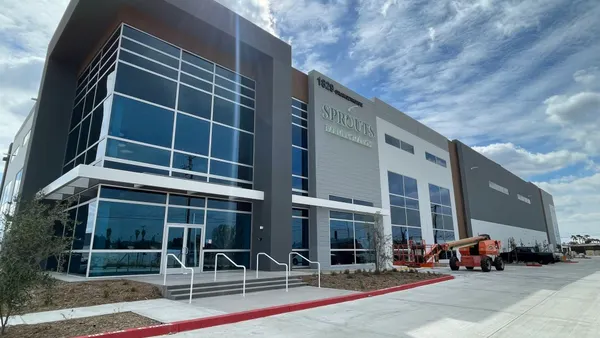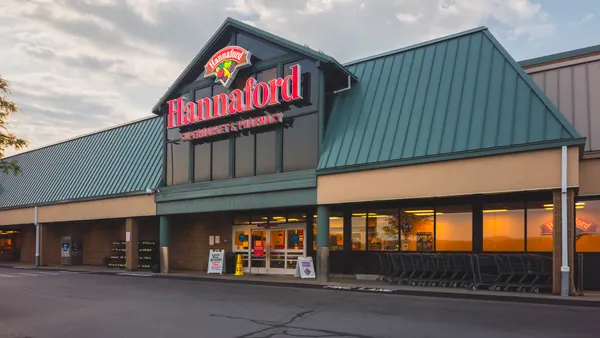As Gen Z and millennial shoppers become more influential and push for greater sustainability efforts, grocers have several profitable and effective avenues to pursue to meet those consumers’ needs, a new report by management consulting firm Alvarez & Marsal has found.
Even as high inflation weighs on consumers’ spending power and prompts trade-downs within certain categories, sustainability still matters to them, Jeremy Levine, director of Alvarez & Marsal’s consumer and retail group, said in an interview.
“I think inflation is temporary and sustainability in [consumers’] eyes is here to stay,” Levine said.
Millennials, which total more than 72 million and overtook Baby Boomers as the largest cohort of the U.S. population, per Morgan Stanley research cited, are increasingly focused on buying sustainable products, according to the new Sustainability in Grocery Report. Eighty-six percent of surveyed millennials said they would willingly spend at least 10% more for those items, Alvarez & Marsal noted, citing a poll by the University of Pennsylvania’s Wharton School and First Insight.
“Green-washing,” or exaggerating environmental benefits, won’t cut it. To cater to the rising financial power of younger consumers, as well as increasing pressure from investors and workers, grocers will need to take more “concrete, immediate action” and be more transparent about those efforts, according to the report, which is based on field observations by co-authors David Ritter and Levine, who are former operators in the grocery space.
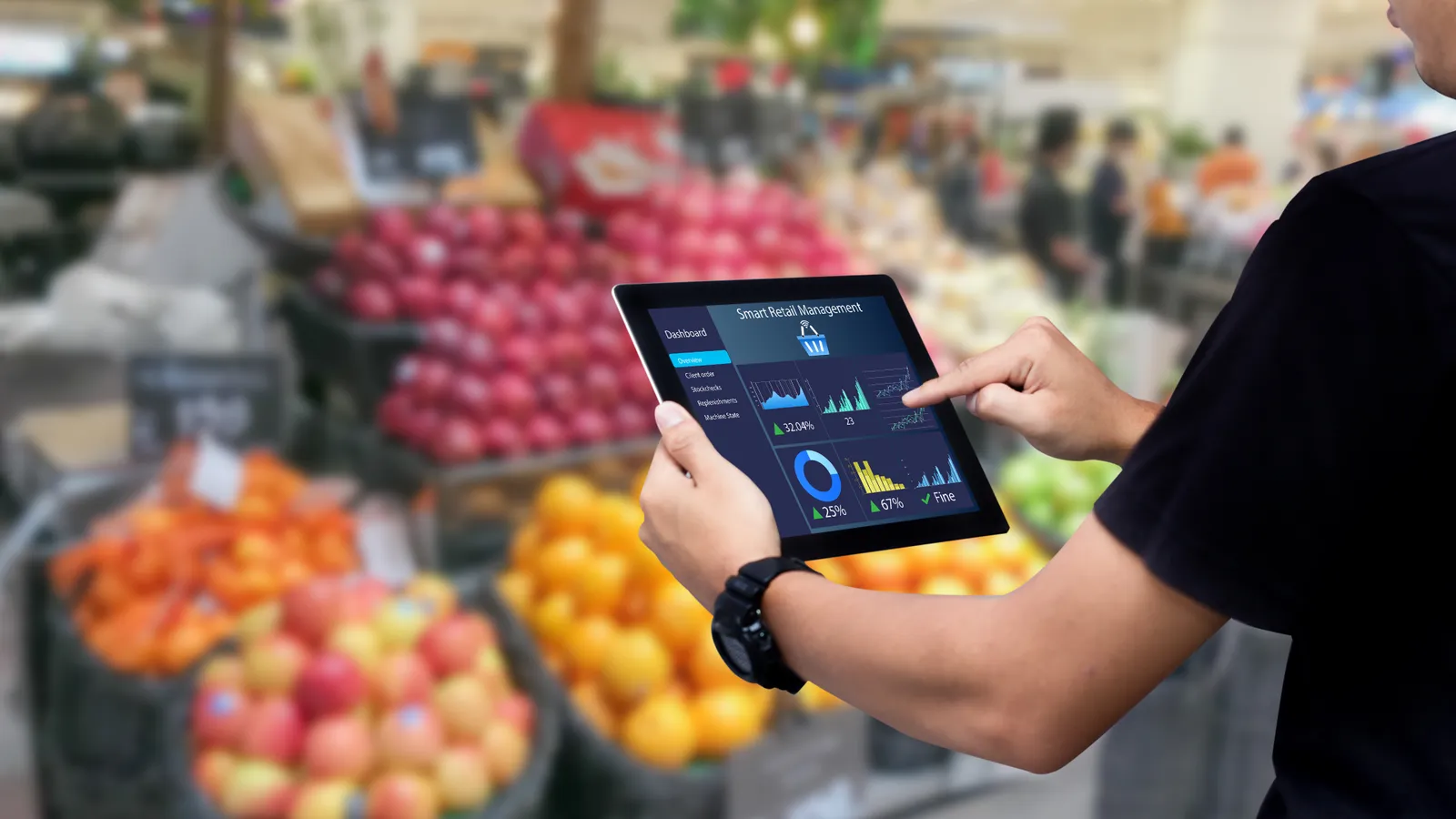
Kick-starting changes with quick wins
The report outlines several “quick wins” grocers can achieve within three to six months, if they haven’t done so already, that help build momentum in sustainability while benefiting their bottom line. These cover three main areas — merchandising, supply chain and store operations — where grocers can focus on meaningful environmental benefits. Breaking down those three areas further, the report gave specific examples of what grocers can do, including:
- making targeted assortment upgrades with suppliers’ sustainable offerings
- shifting to more domestic sourcing
- reducing store delivery frequency to cut back on emissions
- improving inventory management to cut food waste, with a focus on the most problematic fresh categories
- updating product packaging to highlight eco-friendly attributes
Levine is especially excited about grocers’ ability to tackle food waste: “I think it’s the clearest win-win for everyone. It’s top of mind for consumers. It directly impacts the bottom line for grocers.”
According to the report, grocers can reduce waste by leveraging promotions to get products off the shelf before they expire, investing in better inventory management tools and making food donations. Another area, Levine noted, is to improve product reuse like cooking chicken that is approaching its sell-by date to extend the shelf life while turning it into a high-margin product.
Among its own clients, Alvarez & Marsal has noticed an inability to determine among their assortment which product attributes are beneficial to the environment and whether those attributes are getting highlighted to consumers, Levine said.
“Maybe it’s a claim on the back of the label next to the nutrition facts — can that be brought to the front of the label?” Levine provided as an example.
On the flip side, Levine noted, the most challenging area for grocers is Scope 3 emissions because it involves grocers working with their suppliers.
According to Levine, questions for companies to ask themselves include: Are sustainability considerations built into your processes? Are there metrics for sustainability efforts?
National grocers, in particular, can have a large impact by helping their suppliers improve their sustainability efforts, which smaller grocers who also use those suppliers can then benefit from, the report noted.
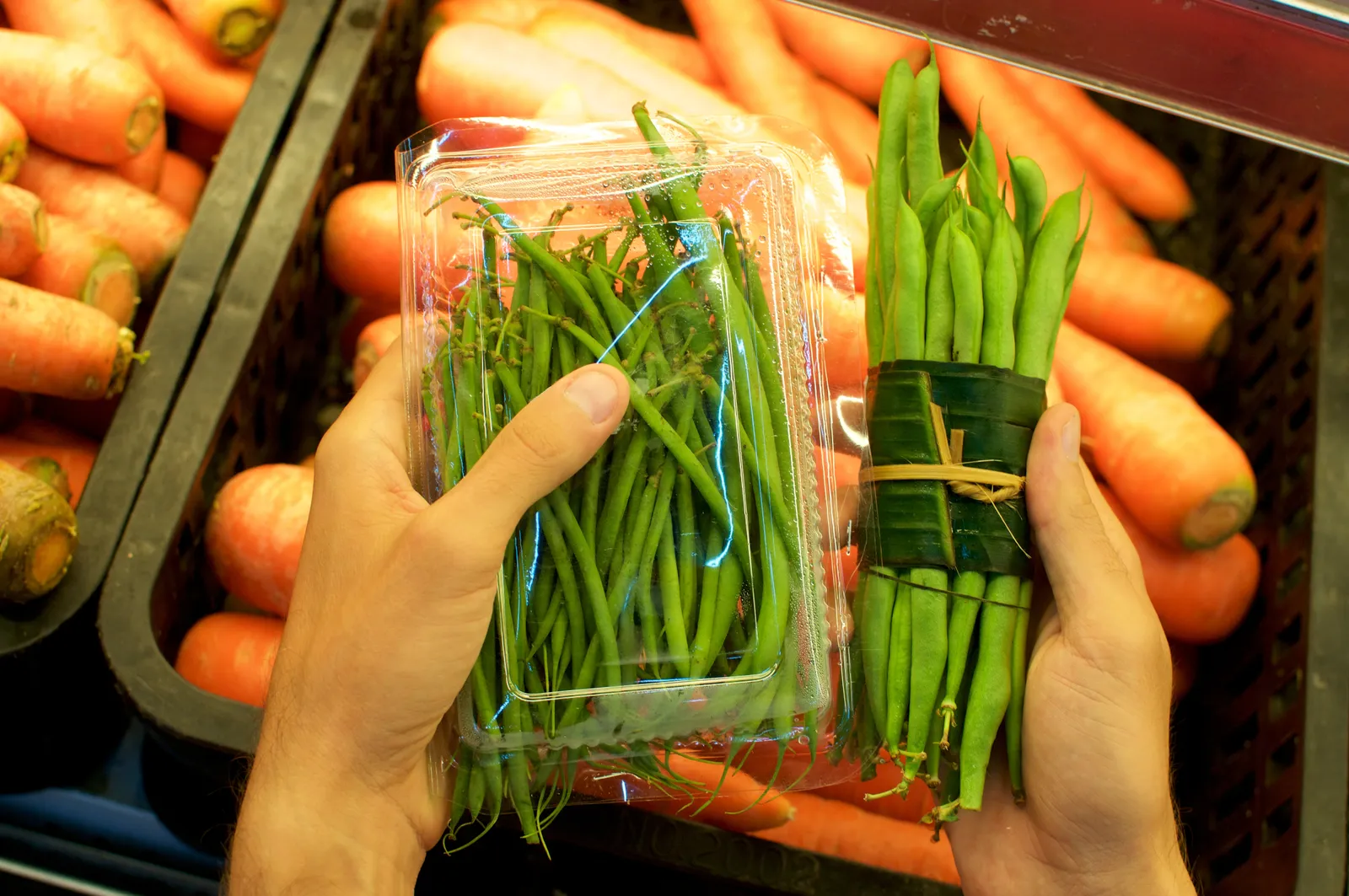
Tapping into consumer demands
Research has found millennials and younger generations are the driving force behind adopting sustainable practices, and Levine said some research indicates those shoppers are influencing their parents and older generations more and more.
“Some of those behaviors are starting to get picked up by the older demographic groups who still have the bulk of the purchasing power in many cases,” Levine said.
Grocers need to broadcast the work they are doing with messaging and storytelling to let consumers know about their efforts, the report said, noting that reaping the credit among shoppers of these quick wins can often be the most difficult part. Product labeling, packaging and in-store displays are some ways grocers can communicate eco-friendly efforts. QR codes can help provide information when grocers have space limitations.
Oftentimes, consumers will have a gap in perceiving a retailer’s sustainability status and its reality, the report found, giving the example that Aldi, with its No. 1 ranking in sustainability practices per Green Matters, “does not get nearly the level of credit” from consumers when compared to Whole Foods Market, which is ranked No. 2.
Part of that may be due to how long it takes retailers to tie their image to sustainability. Whole Foods’ own name and consistent messaging on sustainability, for example, have helped it establish that reputation, Levine said.
“[S]ustainability is no longer just a matter of corporate responsibility. It is non-negotiable in the eyes of consumers and investors,” the report said. “As these trends accelerate in the coming years, grocers would be wise to prioritize sustainability coming out of the pandemic, or risk getting left behind.”









